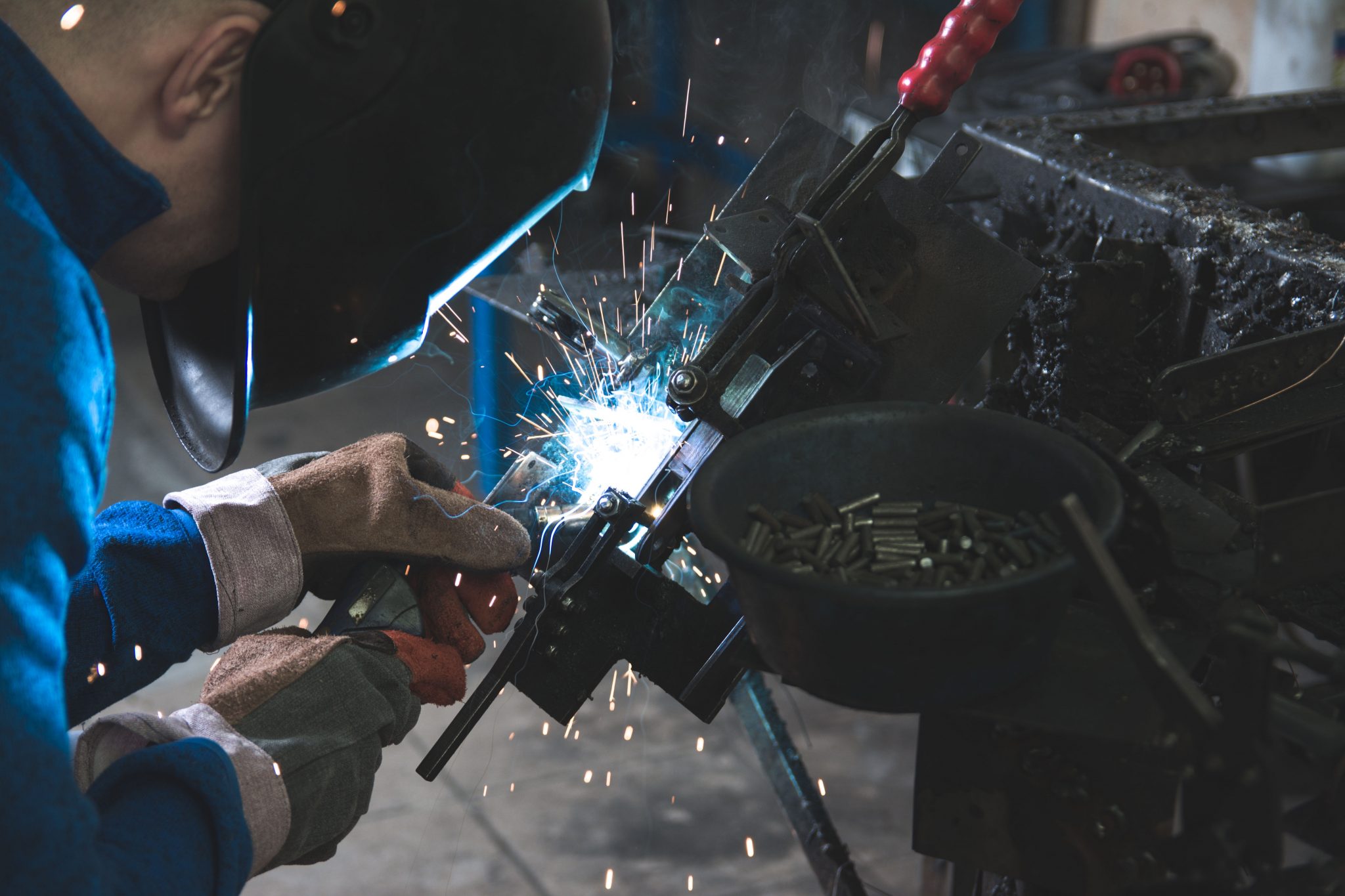MIG (Metal Inert Gas) welding is the most regularly used welding process in the world. This is the type of welder you’re likely to find in your local hardware store. Because of its affordability and ease of use, it’s the best place for beginners to start. As a MIG welder, you can work right out of the box using flux-core wire. Additionally, you can use specific types of compressed gas coupled with your welder. When starting MIG welding, you’ll need a few tools. These tools will make the job comfortable and speed your work; Without the appropriate accessories, you’ll have a challenging time even doing the easy tasks. With that said, here are seven tools for a beginner.
Welding Helmet
A welding tool is a must-have tool for any beginner. Not all welding helmets are created equally. This also doesn’t mean you need to buy an expensive welding helmet. If you’re new to welding, the folks at weldingheadquarters.com recommend going for an auto-darkening helmet. Since you’ll be using it frequently, choose a user-friendly helmet. Another option is to buy a welding helmet with a solid shade. However, the problem with this is that you can’t view your workpiece through the lens. This can cause your welds to be placed improperly.
Welding Gloves
It’s in your best interest to cover your hands during the welding process. This is critical to personal safety. Gloves help to protect your skin from the heat. They also protect you from any slag that may flicker away from your workspace and onto your skin. Welding gloves are made using different materials. When buying welding gloves, ensure you know what size works best for you. You want to avoid going too big and risk having a poor grip. If you are constantly welding, find a brand you like and choose a few pairs.
Welding Jacket or Apron
Welding involves sparks and molten metal shooting from every angle. You need to protect yourself from these sparks. This doesn’t only apply to the face but also to your entire body. Consider wearing a heat-resistant leather jacket. You can also opt for a welding apron or a long sleeve cotton shirt. When buying your protective clothing, choose materials made from natural fiber. Avoid buying clothing made from synthetic materials as much as possible. These materials can burn and damage your skin.
Speed Square
A speed square is a necessary tool in welding. For instance, let’s assume you’re working on a square tubing piece and want to cut off about 10 inches of it. You’ll set your speed square on the workpiece. Next, make your mark across the tubing, and you have a 90-degree cut ready. This would be impossible without a speed square. Additionally, if you want to make a 45-degree angle across steel tubing, a speed square will come in handy. It’s easy to use and a welding tool you can’t afford to miss.
Welding Hammer
This accessory is essential for chipping away slab-coating to reveal the weld. When buying a welding hammer, go for one with a spring handle. This helps to absorb the shock. It comes with a one and 1/16-inch tempered chisel. This acts as a point for clearing debris and slag from the surface. Choose a quality hammer that will serve you for a long time. As a beginner, consider starting with a small and budget-friendly hammer. This will be ideal for your initial projects.
Grinder
Welding a flawless seam is challenging unless you’re a bit experienced in welding. Nonetheless, most welds require some cleaning up. Also, not all welds will turn out perfect, which is okay! This is where a grinder steps in to save the day. Many grinders, like your average hammer, will do the same thing. When it comes to choosing a brand, this depends on your personal preference. Small grinders are ideal for tight spaces, while larger-diameter grinders can cut down several materials quickly.
Welding Clamps
Welding clamps are a must-have for every welder. If you’re a professional welder, you need at least ten clamps. These will come in handy during most of your welding projects. For example, imagine you’re working on a project and have to fit up the pieces before tack welding them. Without welding clamps, it can be challenging to hold your workpieces together; the metal warpage will throw your work out of the square.
MIG welding is a vast area and isn’t limited to the seven tools above. However, these seven accessories make the must-have tools for any welder. As a beginner, start things slowly by going for budget-friendly accessories. As your skills improve, you can consider buying more quality and expensive tools. With these tools, you are ready to weld and throw some sparks. All the best!


